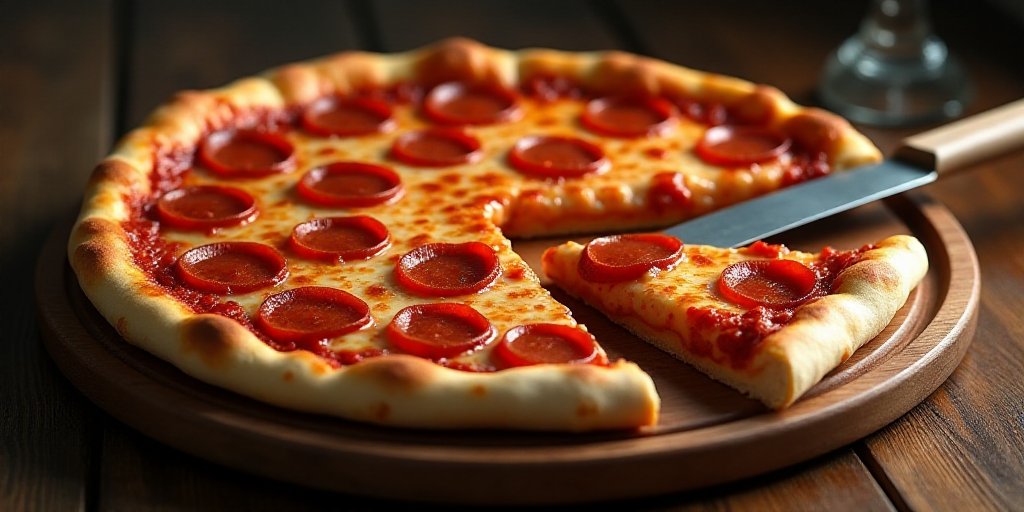The Power of Affordable, Generous Pizza Portions
In a world where customer retention has become an obsession, Sam’s Club and Costco have achieved something that few retail brands can boast: selling more pizzas than many fast-food chains, all while maintaining the appearance of a supermarket. The formula is simple yet powerful: nearly symbolic prices, generous portions, and an experience that blends bulk shopping with the immediate pleasure of eating well and affordably.
Directly to Your Home
The real novelty comes from the north: In May 2025, Sam’s Club in the United States began offering home delivery for their 16-inch pizzas. Priced at $8.98 per unit (without additional fees) and with deliveries in under 3 hours, the chain aims to compete not only with Costco but also with giants like Domino’s and Papa John’s, where a delivery pizza can cost up to double.
- Demand has exceeded expectations, especially in urban areas with high membership volumes.
- Recurring orders and customer satisfaction have been key factors in considering service expansion, currently limited to certain U.S. cities.
Mexico’s Potential for Hot Food Delivery
Although there’s no official announcement, Sam’s Club Mexico already allows online ordering of whole pizzas for in-store pickup and has a robust delivery system for general goods. Implementing hot food delivery doesn’t seem far off, especially in a country where delivery apps have grown over 150% since 2020 and “membership pizzas” are part of the popular urban culture.
From Loss Leader to Brand Symbol
Costco has sold their hot dog and drink combo for $1.50 since 1984, unaffected by inflation, price changes in bread, or global supply chain crises. Why? Because it’s not about profit margins but image and volume.
- In 2024, Costco is estimated to have sold over 400 million pizzas and generated nearly $1 billion in prepared food revenue, despite most popular products operating with near-zero margins.
In Mexico, this model has also worked. Before recent currency adjustments, the star combo (hot dog + drink) cost 30 pesos; now it’s around 35 pesos, and a pizza slice is 50 pesos. Customers still consider it one of the country’s most competitive gastronomic offers.
At Sam’s Club, the story is similar. To compete with Costco, they launched their version of the combo and even lowered the price to $1.38 in the U.S., boasting every cent of savings compared to their competitor. In their Mexican clubs, pizza and hot dogs are menu staples, complemented by pretzels, ice cream, and smoothies.
Eating as Strategy
The food courts in these clubs are more than an income source; they’re an investment in loyalty. Although food sales represent less than 2% of total store revenue, their impact on perceived value and renewing membership decisions is immense.
As The Motley Fool analysis points out, clubs use their star products as “loss leaders”: selling at low margins to attract customers who then spend thousands more on other items. In other words, a cheap pizza can be the gateway to a 70-inch TV.
Costco has yet to announce a similar delivery initiative. However, with Sam’s Club making moves, it’s likely we’ll soon see new strategies to bring the food court experience home. In the world of membership supermarkets, winning over a customer’s stomach means winning their wallet.






